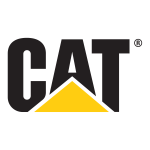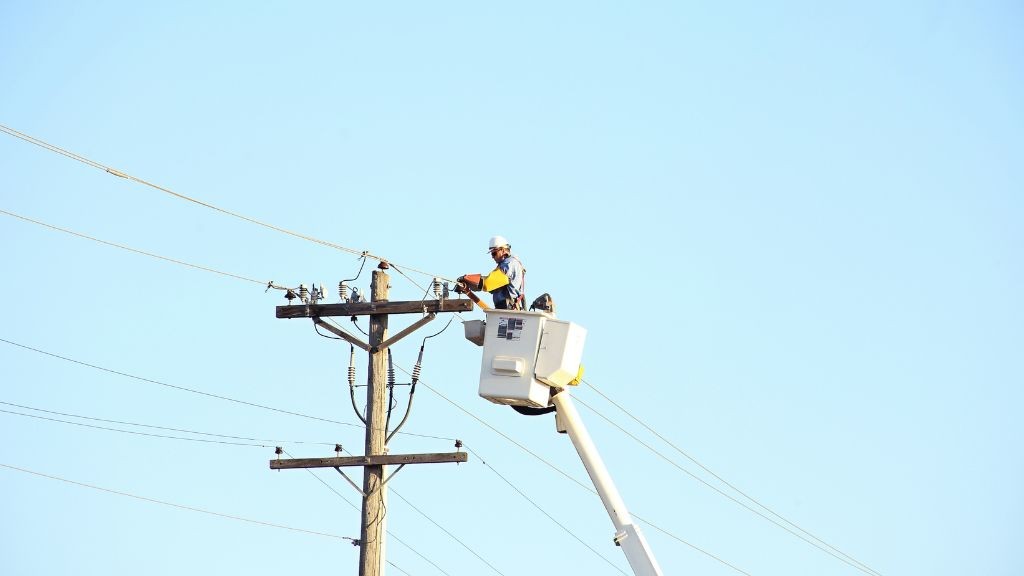Uptake partners with Caterpillar to transform the construction industry through data analytics
Through its model of collaborative disruption and a landmark partnership with Caterpillar, Uptake plans to put the construction industry’s data to profitable use.

The constructionindustry has seen it coming for a while now: The commoditization and decreased costs of telematics, both in terms of hardware and connectivity, could help lead to billions of dollars worth of new efficiencies in operations and capital management. Several factors, including a down turned economy and glut of used equipment that has at times slowed the purchasing of new machines, have meant the industry has been slow to adopt telematics and the so-called industrialinternet-of-things. But there are signs that will soon dramatically change.
A recent push from OEMs and AEMPs to standardize hardware and information throughout the industry,combined with the decreasing cost of telematics and connectivity equipment,signals that the industry is on the cusp of generating what could amount to billions of dollars worth of increased uptime, better equipment utilization,and optimized workflow processes and operations.
But similar to what has been seen in other industries (rail, aviation, energy, etc.), these changes will present challenges. In short, telematics will generate a deluge of data that most companies in the industry won’t be prepared to analyze, much less take actionable insights on. Equipping millions of pieces of construction equipment with sensors is the easy part—utilizing the data they’ll produce is the real obstacle.
Uptake, a Chicago-based data analytics company,wants to take on the data challenge. It’s working with the industry to both standardize its telematics ecosystem, and also to provide a platform to use all of that data to increase efficiencies across the board. But rather than developinga software platform as a third-party vendor to sell to the sector, it launched a joint venture project with Caterpillar to drive change from within the industry itself.
“The construction industry has so much to gain from using data to optimize manufacturing,maintenance, logistics and operations—it’s certainly in the billions of dollars,” explained Trevor Mecham, vice president of construction and agriculture with Uptake. “Rather than a one-size-fits-all solution, we are partnering with Caterpillar and other companies to build predictive analytics solutions that solve challenges unique to the industry.”
Actionable Insights
Examples of how data can be used to increase efficiency and drive revenue for the construction industry can be quite powerful. For example, sensors on a piece of equipment could alert owners to a maintenance need. The equipment is then taken offline for a scheduled repair and it’s sent to a shop with a waiting mechanic that specializes in the repair and already has the needed part. Back at the job site, another piece of equipment has been scheduled to temporarily fill in. The time and hours saved on just one repair are significant—but an example like this barely scratches the surface.
When data analytics becomes prevalent across the industry, its uses and effects could be staggering. Contractors could know just how long a piece of equipment can operated before a repair is needed, down to the hour. Daily job site data gatherings, such as weather, can affect job site preparation and labor. Data can optimize job site schedules; manage fleets of equipment, including their uptime and utilization; dealers and rental houses can improve logistics and service. Companies can increase equipment utilization and decrease downtime for themselves and their customers. Construction schedules can be shortened; work forces could be optimized day-by-day; project management could be transformed.
“The data gained from construction can be as specific as the tire pressure on a single machine,or as general as the schedule and budget of an entire project,” Meacham explained. “Nearly every piece of the construction ecosystem can generate usable data that leads to patterns, and those patterns can lead to predictions that companies can trust.”
The Uptake platform gathers both historical and real-time data, and then combines it to be analyzedand provide actionable predictions to its users. Results are then fed back intothe software platform to further refine and validate its accuracy. This information includes condition monitoring, workflows, logistics fleet management and other streams, such as weather and event-specific information.
“To be successful in construction, you really have to know the industry from the ground up,” Meacham said. “The biggest reason I joined Uptake and think thecompany will be successful is that we have decades of experience in the space. Sure, we have lots of PhDs and people who specialize in data analysis, but unless we can provide first-hand knowledge of the challenges and opportunities that are unique to this industry, we won’t be able to achieve the kind of large-scale transformation we’re after.”
Power inpartnerships
Through its model of collaborative disruption, partnerships give Uptake unprecedented access to staggering amounts of historical data that only companies with long histories in the industry can provide. Caterpillar and Uptake began working together in 2015 to identify the strategic touch points where predictive analytics can transform construction, in terms of both equipment and the ecosystem in which they operate. As the Uptake software platform becomes more powerful, the two companies are working together to validate its predictions, ensuring quality and trust in the program.
Similar to its partnership with Caterpillar, Uptake has also begun ventures in other industrial verticals, including a recently announced deal with Berkshire Hathaway Energy for work with its wind farms just weeks ago. These joint ventures put the focus on actionable outcomes that increase efficiency and return on investment, not on the software platformsthemselves—outcomes as a service, not software as a service. In this way, Uptake’s partners share in both the risk and reward of the product.
With all its ambition, Uptake is still a young company. Its partnership with Caterpillar is the beginning of its move into the construction industry, which is just beginning to validate the power of predictive analytics.
“In the short-term, it’s all about awareness. Lots of companies in construction know that the power of data and telematics will enable them to work better, faster and longer, but right now, it’s ‘how’ will this happen and ‘when’ will there bean impact,” Meacham said. “In the long-term, it’s about transforming the industry. We know there are billions of dollars to be gained from harnessing the power of data. Over the next generation, this industry will see radical change.”
Uptake was founded in Chicago by Brad Keywell and Eric Lefkofsky, a pair of entrepreneurs who also founded Groupon, Echo Global Logistics, Media ocean and their venture capital fund, Lightbank. In just two short years, the company has grown to more than 700 employees and was recently valued at $2 billion.




